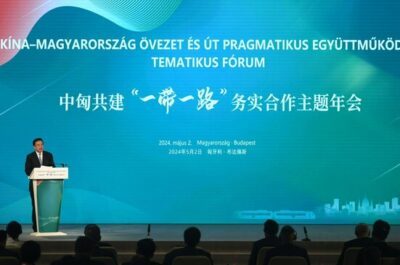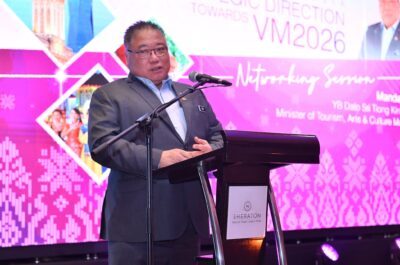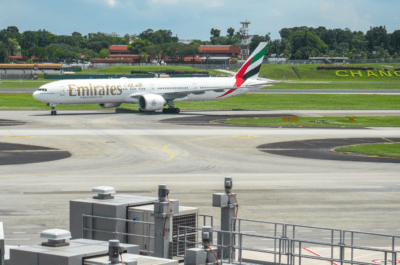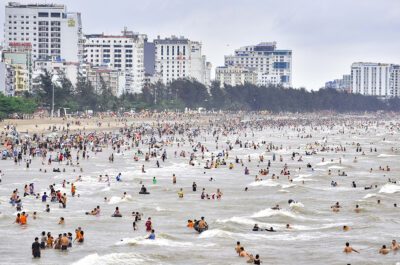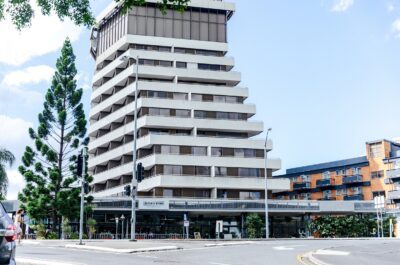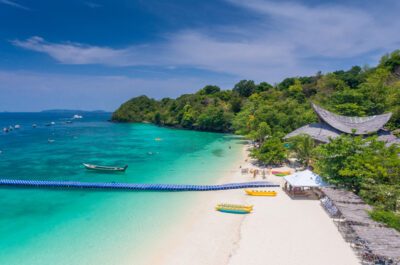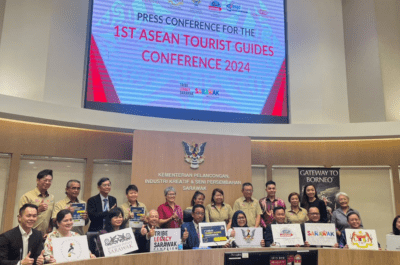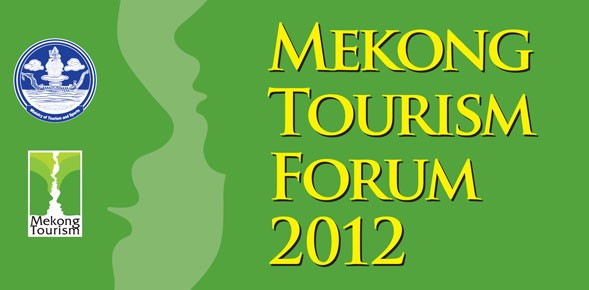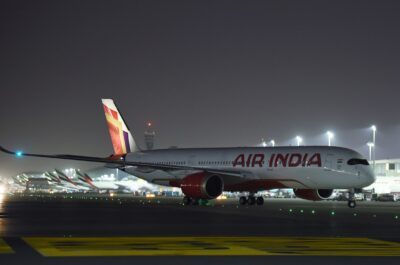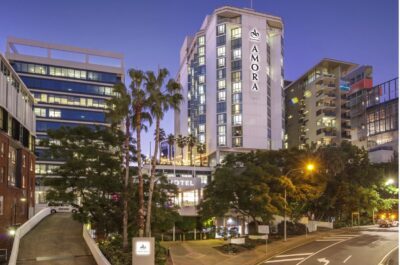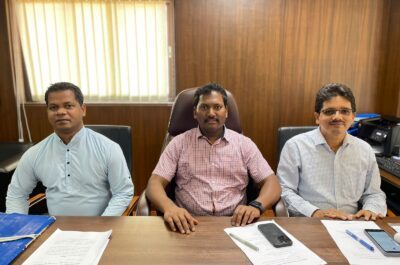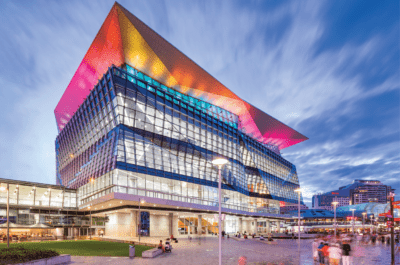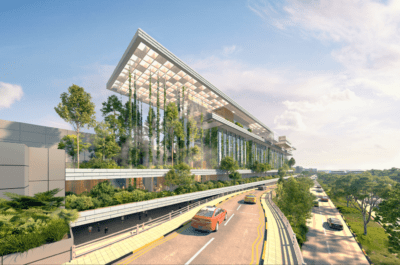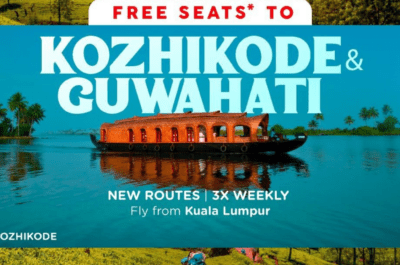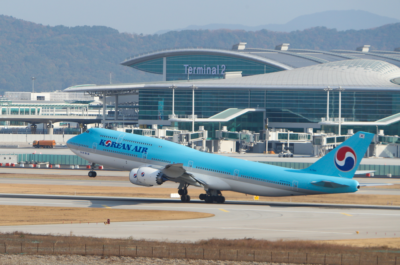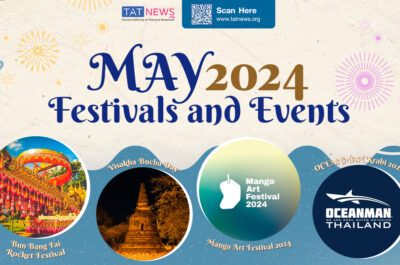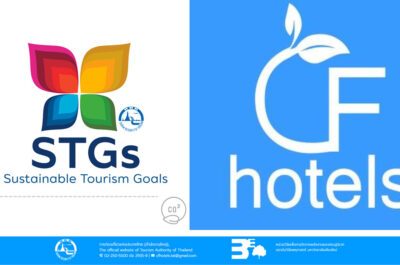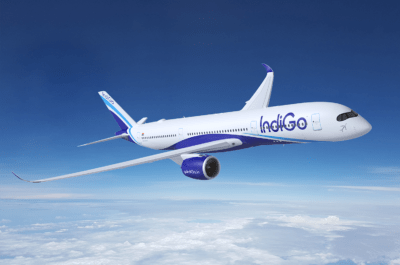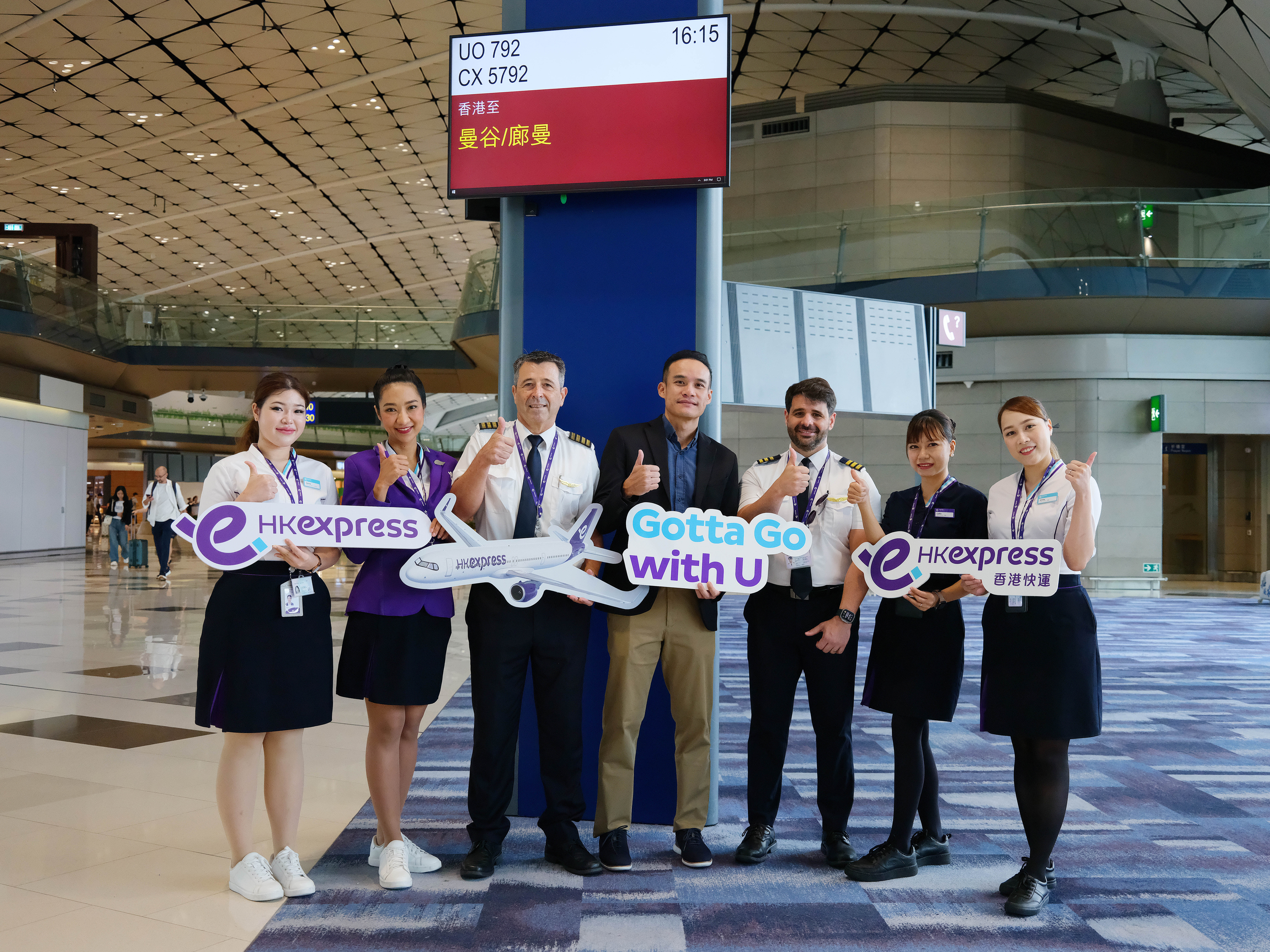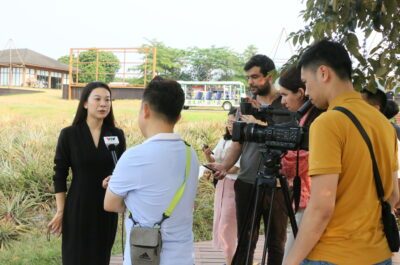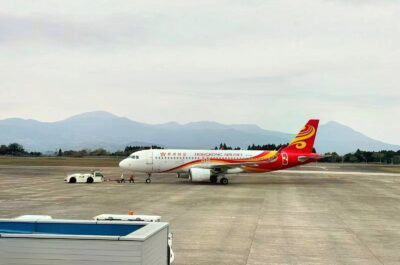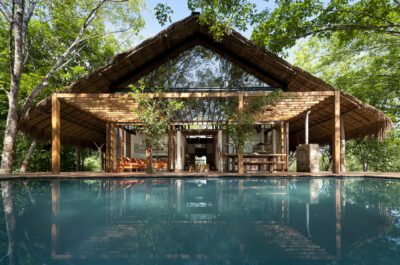The incoming Mekong Tourism Forum on June 13 and 14 will look at 20 years of cooperation within the Greater Mekong Sub-region…
BANGKOK- Twenty years of tourism cooperation within the Greater Mekong Sub-region (GMS) has helped the region to record over 30 million international visitors each year, generating significant economic and social benefits. The tourism sector contributes over US$ 30 billion in annual receipts to GDP annually and is directly involved in the reduction of poverty through the creation of employment with more than 6 million jobs. They mostly benefit to the less privileged in the region such as women, youth and ethnic minorities. The Forum will be hosted in Chiang Rai on June 13 and 14 at the Dusit Island Resort Hotel. The forum will address the theme, ’20/20 Vision: Building on Two Decades of GMS Cooperation’. “It is the right time to evaluate what 20 years of cooperation and development in the region. I was myself travelling as a backpacker in 1991 to Vietnam and other countries in the region. I experienced tremendous changes over that time,” tells Mason Florence, Executive Director of the Mekong Tourism Coordinating Office (MTCO).
The main focus will be to assess the challenges of human resources, pro-poor sustainable tourism, sub-regional product development and marketing for the next 20 years, in light of the various achievements in the Greater Mekong Sub-region (GMS) over the last 20 years. Speakers from various horizons such as NTOs, tour operators, hotel owners but also NGOs will deliver an assessment of what progress has – or has not – been accomplished by Cambodia, China, Laos, Thailand, Myanmar, Vietnam and donors such as the Asian Development Bank. “We don’t want to only paint a rosy picture of the region’s evolution. The GMS countries wonderfully performed in the last twenty years, achieving a lot. But they also face problems such as overdevelopment. We must then also look at possible solutions and define the right path to tourism’s development,” he explains.
GMS countries are collectively targeting 52 million international tourist arrivals and US$53 billion in sub-regional tourism revenue by 2015. There were 10 million arrivals in 1995, rising to 35 million in 2011. “A great deal has been achieved,” says Mason Florence. “Multi-country holidays are now common in the GMS, but we still need to reduce red tape, increase cross-border flows and boost sustainable tourism in rural areas where incomes are still too low,” adds Florence.
Tourists surveyed in the six countries say that the friendly people are one of the area’s most important assets. The forum will assess how the attraction, retention, training and development of the Mekong workforce have progressed and what needs to be done. Participants will also address the recent changes in Myanmar and the impact of ASEAN Economic Cooperation, due in 2015. There will be a session on how private and public sector tourism operators in the GMS can better leverage the shift to electronic distribution, social media, and mobile. “Anyone with a stake in the future of tourism in the GMS should be at the forum,” says Florence.
Luc Citrinot a French national is a freelance journalist and consultant in tourism and air transport with over 20 years experience. Based in Paris and Bangkok, he works for various travel and air transport trade publications in Europe and Asia.
